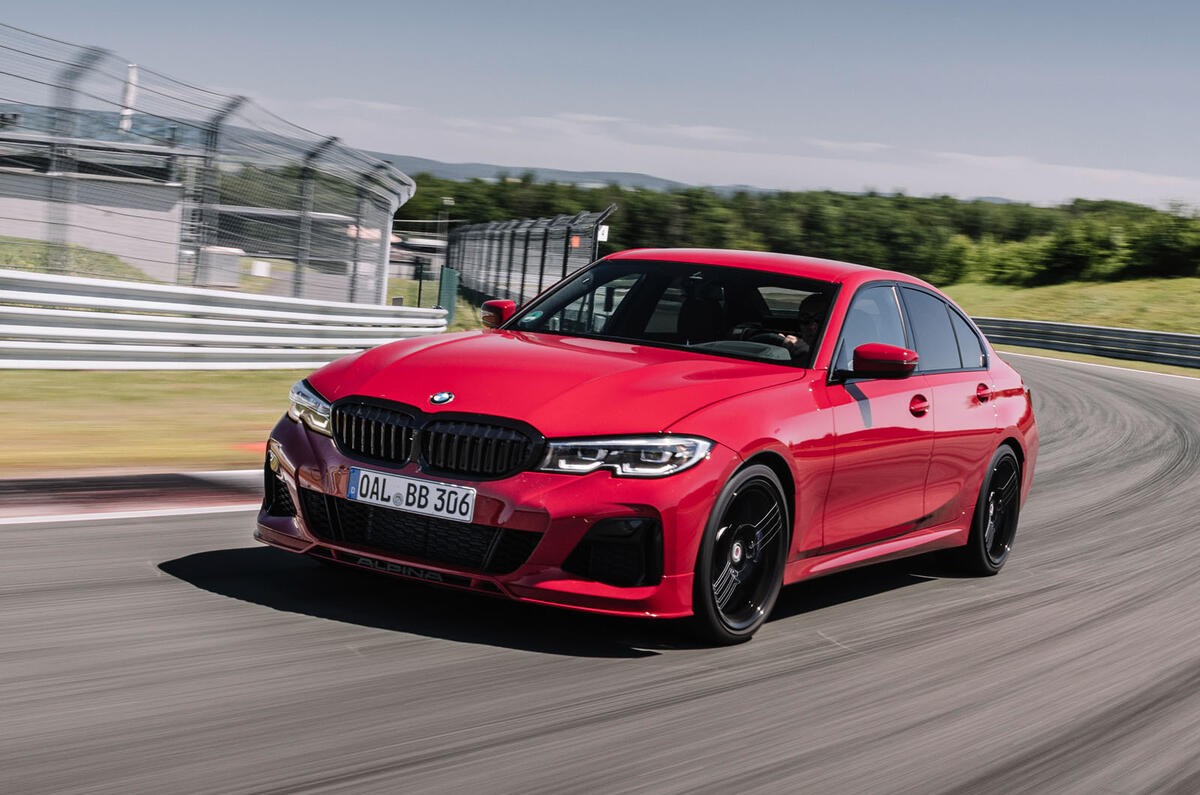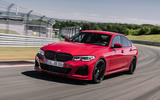The 'B' stands for Benzin – or petrol. Alpina has used the letter as a model prefix on all its petrol-engined cars for more than five decades.
The ‘3’ designates a BMW M340i xDrive-based car. Together, they signal perhaps the most serious threat to the new BMW M3 yet, attached as they are to the back of the latest Alpina B3.
As automotive relationships go, the one between Alpina and BMW is rare. Alpina, founded in 1965, doesn’t just take BMWs and add go-fast parts to create models like the B3. Instead, it enjoys a closely knit partnership with the German car maker and is integrated into the development process of each BMW, to the extent that it is often called on to engineer and test new factory components at its base in Buchloe near Munich in Germany before they actually go into production. In every BMW, there’s a hint of Alpina, or so it is said.
Priding itself on exclusivity and the ability to offer bespoke solutions not offered by BMW itself, Alpina has never wanted to sell cars in huge volumes. As chairman Andreas Bovensiepen tells us: “We’re happy to sell 2000 cars per year – no more, no less.” All of which explains why it so successfully coexists alongside BMW, whose global sales extended to over two million last year.
Set for UK launch later this year, the new four-wheel-drive B3 extends the number of Alpina models on sale to eight. Like its predecessor, it is set to be sold in both saloon and Touring bodystyles. It begins life at BMW’s Regensburg factory before being shipped in a partly built-up state to Alpina’s HQ, where it goes through a final assembly process. In overall positioning, the new B3 is aimed at a niche between the four-wheel drive M340i xDrive and upcoming M3, with pricing starting from £66,450 for the saloon driven here.













































